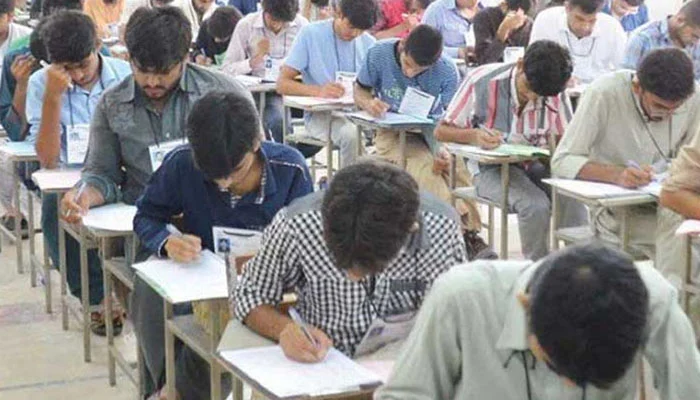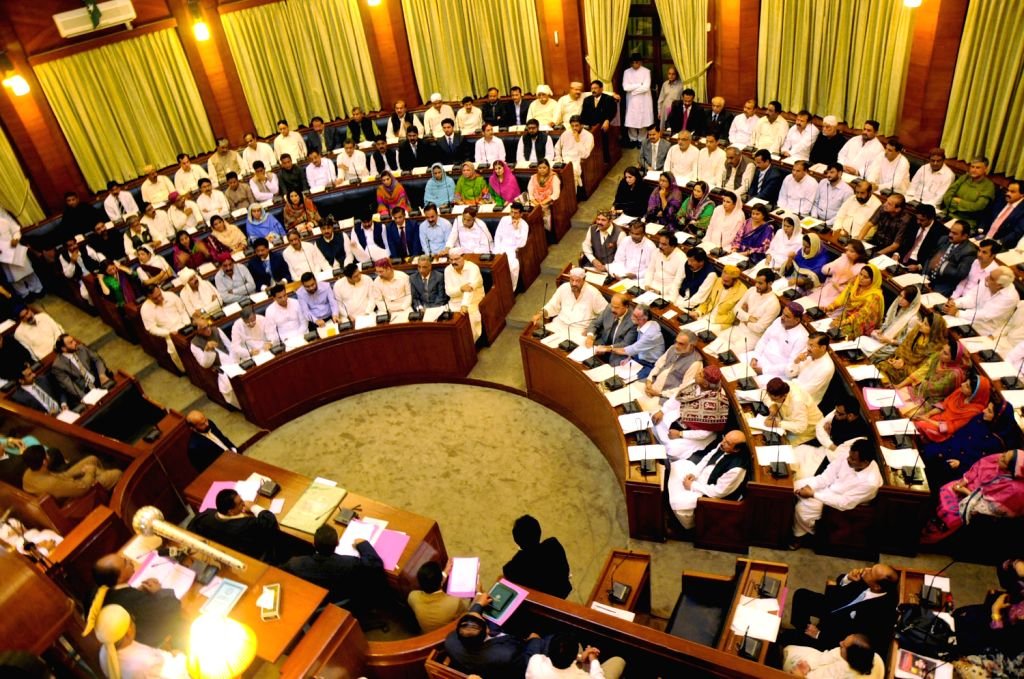In a significant decision, educational boards across Pakistan, with their headquarters in Islamabad, have announced their move towards implementing a grading system for examinations, effectively eliminating numeric scores from the evaluation process. The decision was made during the meeting of the Inter Boards Committee of Chairpersons (IBCC) held on October 27, 2023. This transformative shift is poised to be introduced from the coming academic year, bringing about changes to the grading system that will have far-reaching implications for students, teachers, and educational institutions.
According to the new grading formula set by the IBCC, the passing marks under the grading system will be set at 40 percent. Initially, this method will be implemented for Class IX and Intermediate Part I (Class XI). Under this system, candidates will be provided with result cards that include not only grades but also Cumulative Grade Point Averages (CGPA).
The decision to transition from numerical scores to a grading system is a groundbreaking move in Pakistan’s educational landscape. Traditionally, the assessment of students’ performance has relied heavily on numerical marks, with the system predominantly influenced by high-stakes exams. These exams, along with their associated pressures and competitiveness, have often been a source of stress for students.
The new grading system, with its focus on CGPA, offers a more holistic and comprehensive evaluation method. It provides students with a clearer understanding of their overall performance, taking into account not just a single examination but their cumulative achievements. By embracing a grading system, the educational boards aim to relieve the intense pressure on students to score the highest marks, often at the expense of meaningful learning and personal development.
Furthermore, the move towards a grading system aligns with global educational trends. Many countries around the world have already adopted grading systems that emphasize a student’s overall progress and abilities rather than their performance in a single examination. This transition not only makes Pakistani education more compatible with international standards but also facilitates the recognition of Pakistani qualifications abroad.
Implementing the grading system will require comprehensive adjustments, not only in terms of assessment methods but also in curricula and teacher training. Teachers will need to adapt their teaching strategies to focus on students’ skill development and understanding of concepts rather than simply teaching to the test.
Moreover, the transition to a grading system opens doors for a more student-centered approach to education. It promotes the idea of personalized learning, where students can progress at their own pace, enhancing their understanding and critical thinking skills.
While the introduction of a grading system is undoubtedly a positive step toward modernizing Pakistan’s education system, there are challenges to be addressed. Adequate resources, training, and support for teachers and educational institutions are essential to ensure a successful transition. The effective implementation of the grading system will depend on the commitment and collaboration of all stakeholders, including teachers, students, parents, and policymakers.
In addition to transforming the evaluation process, the new grading system is likely to impact college admissions, scholarship applications, and career opportunities for students. It is crucial for higher education institutions and employers to adapt their criteria and recognize the new grading system to ensure a smooth transition for students.
Overall, Pakistan’s decision to shift from numeric scores to a grading system represents a fundamental shift in the education paradigm, emphasizing a more holistic, student-centric approach to learning and evaluation. This change holds the promise of reducing stress and fostering meaningful education for students across the country. However, the successful implementation of this transition will depend on the effective support, commitment, and resources provided by the educational authorities and institutions.



